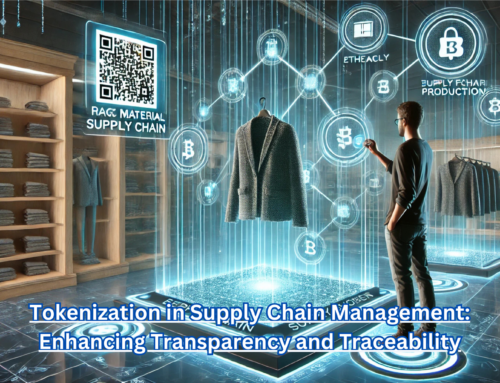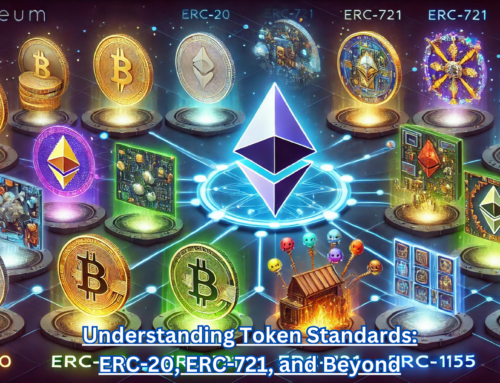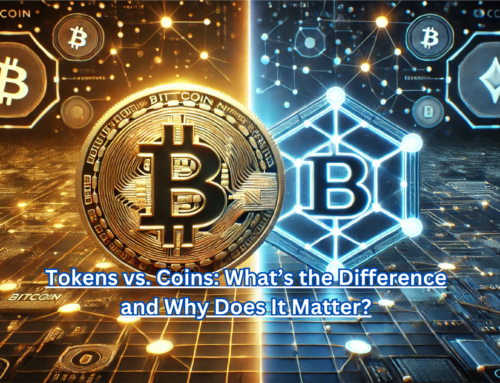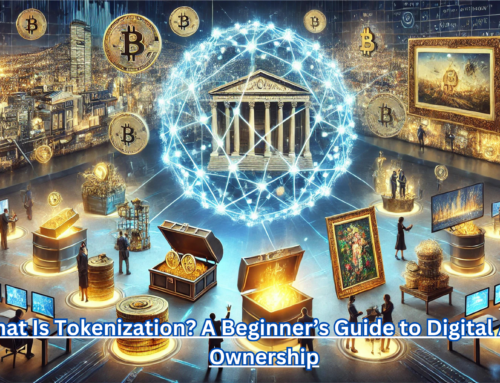Standing at the crossroads of physical and digital realities, you witness a single innovation redefining how value is created, shared, and traded. Tokenization drives this transformation. While turning assets into tradable digital tokens sounds simple, the intricacies behind crypto tokenization reveal both magic and complexity. If you’re ready to explore deeper, this guide unpacks the mechanics and technology behind the digital tokenization process.
Understanding Tokenization: The Core Elements
Tokenization relies on three critical components: the asset, the token, and the blockchain infrastructure. The process starts by identifying an asset suitable for tokenization. These assets range from tangible properties, like real estate and commodities, to intangible ones, like intellectual property or future revenue streams. However, tokenization only works if the asset has a quantifiable value, clear legal ownership, and enforceability under applicable laws.
Once an asset is selected, a legal structure formalizes the relationship between the real-world asset and its digital counterpart. Typically, this involves creating a Special Purpose Vehicle (SPV) or a similar legal entity, which registers as the asset owner. This entity holds the asset for token holders, who become fractional owners through their digital tokens. This legal framework grants token holders enforceable rights, such as profit sharing, dividends, or voting privileges, without giving them direct asset ownership.
Minting Tokens: The Role of Blockchain
With the legal foundation in place, the next step involves minting the token. Blockchain technology powers this process. Acting as a decentralized ledger, the blockchain ensures that every transaction remains transparent, immutable, and secure. Smart contracts, which execute automatically, govern token issuance, transfer, and rule enforcement. These smart contracts define:
- Asset-backed representation: What each token represents, such as a square meter of property or a share of future royalties.
- Supply cap: The maximum number of tokens available.
- Transferability: Rules dictating who can trade or own the token to comply with regulations.
- Revenue distribution: When and how token holders receive profits, like rental income or royalty payments.
After deploying the smart contract, the blockchain records and mints the token. Public blockchains like Ethereum, Binance Smart Chain, or Solana commonly host tokenized assets, though private, permissioned blockchains cater to enterprise needs. Many projects use Ethereum due to its robust smart contract functionality. Tokens generally follow ERC-20 standards for fungible assets and ERC-721 for non-fungible assets, such as tokenized art or real estate.
Distributing and Trading Tokenized Assets
After minting, tokens reach investors through various methods. A Security Token Offering (STO) is a common approach, resembling an IPO in traditional finance. Unlike initial coin offerings (ICOs), which often lack regulatory oversight, STOs comply with securities regulations, offering investors greater protection.
Once investors acquire tokens, they can trade them on secondary markets, including centralized exchanges (CEXs) and decentralized exchanges (DEXs). These platforms enable global asset trading with near-instant settlements. Blockchain streamlines transactions by removing intermediaries, reducing costs, and improving liquidity.
Programmable Ownership: The Future of Tokenization
Tokenization extends beyond creating and trading digital assets. Its true power lies in programmable ownership, allowing tokens to interact dynamically with other systems. Imagine tokenized real estate where blockchain updates property data continuously. Smart contracts could adjust valuations based on rental income or occupancy rates, giving investors real-time insights. This automation is revolutionizing industries, from finance to supply chain management.
Security and Compliance: Ensuring Trust in Tokenization
Behind the scenes, robust security measures protect both blockchain infrastructure and assets. Cryptographic algorithms secure blockchain transactions, but additional safeguards are necessary. Custodians play a key role in protecting physical assets, whether it’s artwork stored in a climate-controlled vault or gold bars in a secure facility. Cybersecurity protocols prevent hacks and fraud, ensuring token holders remain protected.
Tokenization faces challenges, one of the biggest being the oracle problem. Since blockchains operate in a closed environment, verifying off-chain data—such as asset conditions—requires trusted intermediaries. Oracles bridge this gap by feeding real-world data, such as asset valuations or legal updates, into the blockchain. This ensures smart contracts execute accurately and reliably.
Navigating Regulatory Challenges
Another major challenge is regulatory compliance. Tokenized assets, especially those classified as securities, face varying rules across jurisdictions. Token issuers must collaborate with legal experts to ensure compliance with anti-money laundering (AML), know-your-customer (KYC), and other financial regulations. Non-compliance risks severe penalties, including fines and asset seizures, making regulatory strategy essential for tokenization projects.
The Benefits of Tokenization
Despite these complexities, tokenization delivers undeniable benefits. It democratizes access to high-value assets, allowing smaller investors to participate in markets once reserved for institutions. It enhances liquidity, enabling traditionally illiquid assets—like real estate or fine art—to be traded quickly and globally. Additionally, it improves efficiency, eliminating intermediaries and accelerating processes like settlement and profit distribution.
A European renewable energy project recently leveraged tokenization to raise capital. By issuing tokens linked to a clean energy facility, developers attracted a diverse pool of global investors. These investors receive a share of the facility’s revenue through automated smart contracts and can trade their tokens on secondary markets. Governments and private enterprises increasingly explore similar models, signaling a shift in capital raising and asset management.
How Tokenization Impacts You
As tokenization evolves, opportunities to invest, trade, and innovate in the digital economy will expand. Understanding digital asset creation helps you navigate this landscape confidently. Whether you’re an entrepreneur exploring new funding models or an investor seeking diversified opportunities, tokenization opens doors to the future of ownership.
The process may be intricate, but its potential is transformative. The next time you hear about tokenization, you’ll know exactly how it works—and why it’s shaping the future of finance and commerce.
Learn more on tokenization by reading Tokens vs. Coins: What’s the Difference and Why Does It Matter?
Follow me on X, Bluesky, or Medium to stay up to date on the latest news, education, and great stories!




